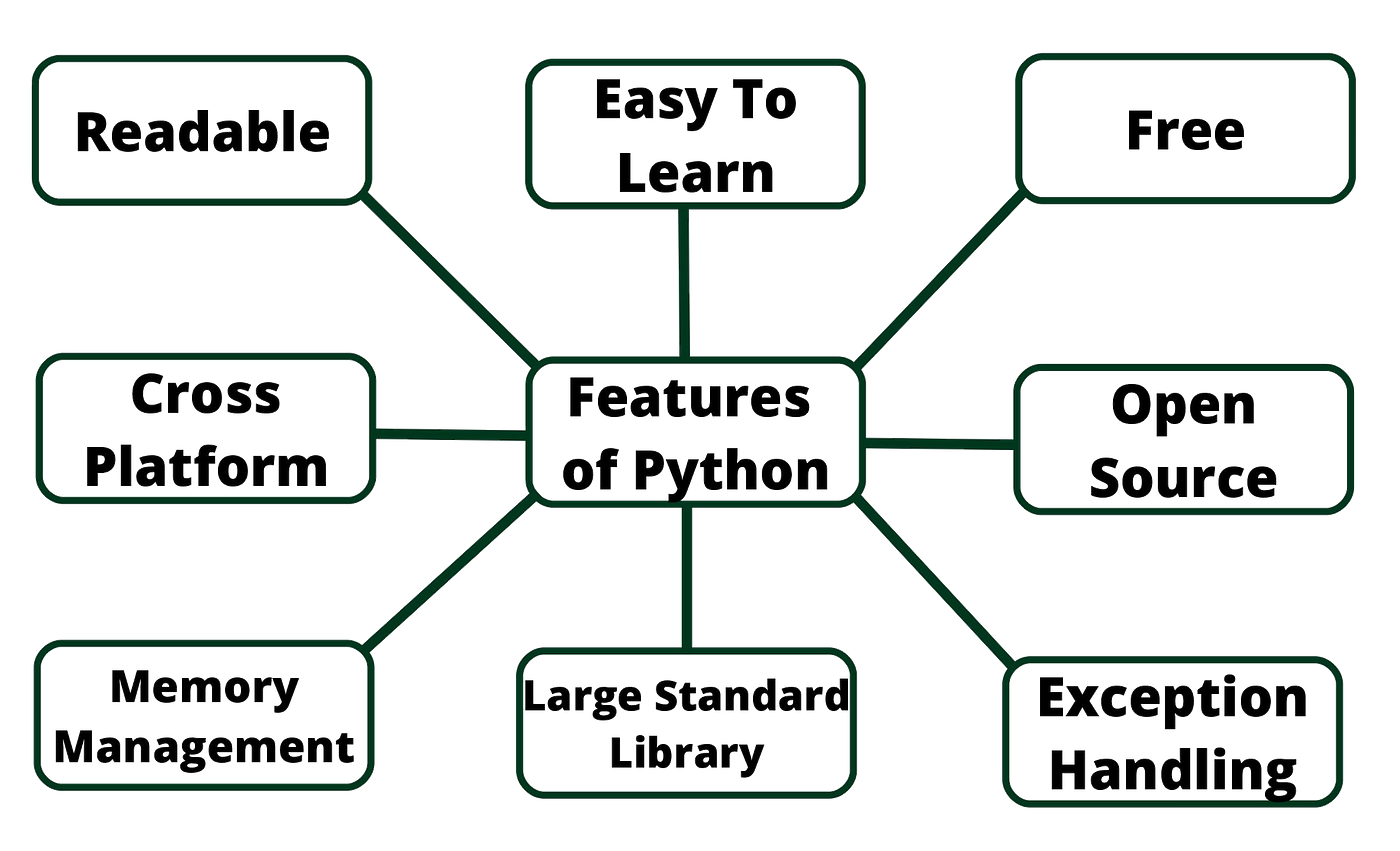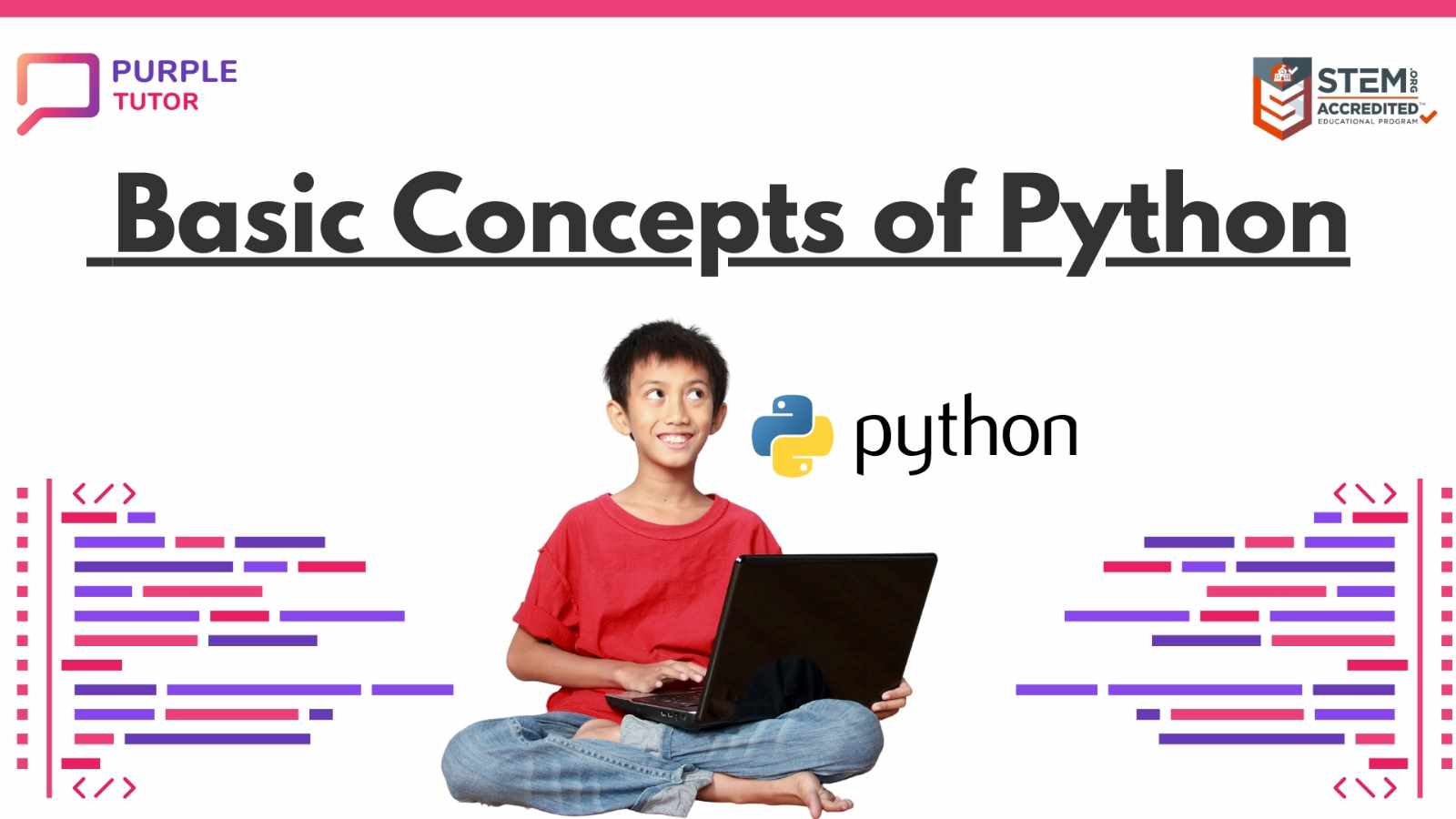Introduction to Python
Introduction to Python

Introduction to Python:
Python is a high-level, interpreted programming language that has become one of the most popular and widely used languages in the world. Developed by Guido van Rossum in the late 1980s, Python was initially designed for educational purposes but soon gained popularity due to its simplicity, flexibility, and ease of use.
One of the key features of Python is its readability. The syntax is designed to be natural and easy to understand, making it an ideal language for beginners or those who want to write code that is easy to maintain. Python's indentation-based syntax makes it easy to distinguish between different parts of a program.
Python is known for its simplicity, with a focus on readability and ease of use. It has fewer keywords than many other programming languages, which means there are fewer rules to learn. Additionally, Python does not require explicit memory management or variable declarations, making it easier to focus on the logic of your code rather than the intricacies of memory allocation.
Some of the key features that make Python popular include:
Easy to Learn: Python has a syntax that is easy to read and write, making it simple for beginners to learn. High-Level Language: Python abstracts away many low-level details, allowing you to focus on writing code rather than worrying about memory management or pointer arithmetic. Extensive Libraries: Python has extensive libraries and frameworks that make it easy to perform various tasks, such as data analysis, web development, and machine learning. Cross-Platform Compatibility: Python can run on multiple operating systems, including Windows, macOS, and Linux. Large Community: Python has a large and active community of developers who contribute to the language and its libraries.Python's popularity is also due to its versatility. It can be used for:
Web Development: Python can be used to build web applications using popular frameworks like Django or Flask. Data Analysis: Python has extensive libraries for data analysis, such as NumPy, Pandas, and Matplotlib. Machine Learning: Python is widely used in machine learning and artificial intelligence due to its ease of use with libraries like scikit-learn, TensorFlow, and Keras. Automation: Python can be used to automate tasks, such as data entry or file management.In summary, Python is an excellent choice for anyone looking to learn a programming language. Its simplicity, readability, and versatility make it an ideal language for beginners or those who want to write code that is easy to maintain. Whether you're interested in web development, data analysis, machine learning, or automation, Python has something to offer.
What are Python basics?

I'm happy to help! Here's an overview of the basic concepts and syntax of Python:
Variables and Data Types
In Python, you can assign a value to a variable using the = operator. For example: x = 5. The data type of a variable is determined by the assigned value, for instance, x becomes an integer.
Python has several built-in data types, including:
Integers (int): whole numbers without decimals (e.g., 1, -10) Floats (float): decimal numbers (e.g., 3.14, -0.5) Strings (str): sequences of characters, like words or sentences Boolean values (bool): either True or False Lists (list): ordered collections of items (e.g., [1, 2, 3]) Tuples (tuple): ordered, immutable collections of items (e.g., (1, 2, 3)) Dictionaries (dict): unordered collections of key-value pairs (e.g., {"name": "John", "age": 30})
Operators
Python has various operators for performing arithmetic, comparison, logical, and assignment operations. Some examples:
Arithmetic operators:+, -, *, /, %, ** (exponentiation) Comparison operators: ==, !=, <, <=, >, >= Logical operators: and, or, not Assignment operators: =, +=, -= , *= , /= , **=
Control Structures
Python has several control structures that allow you to execute specific code blocks based on conditions or iterations:
Conditional statements:if statement: executes code if a condition is true elif statement: executes code if the previous condition was false and this one is true else statement: executes code if all previous conditions were false Loops: for loop: executes code for each item in an iterable (e.g., list, tuple, dictionary) while loop: executes code as long as a condition is true
Functions and Modules
Python's functions allow you to reuse blocks of code by giving them names. You can also create your own modules, which are files containing Python code that can be imported into other scripts.
Defining a function:def my_function(x): followed by the code you want to execute Calling a function: my_function(5)
Error Handling
Python's error handling mechanisms help you deal with unexpected situations and exceptions:
try-except block: catches and handles exceptions (errors) raise statement: manually raises an exception
These are the fundamental concepts and syntax elements of Python. Mastering these will give you a solid foundation for learning more advanced topics, such as object-oriented programming, data structures, and web development.





























